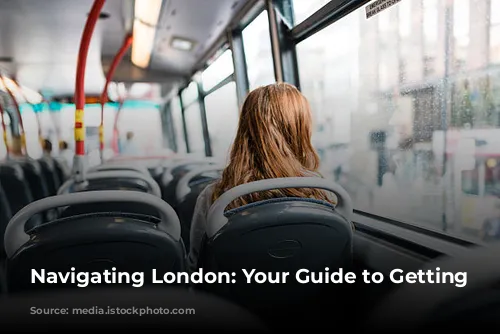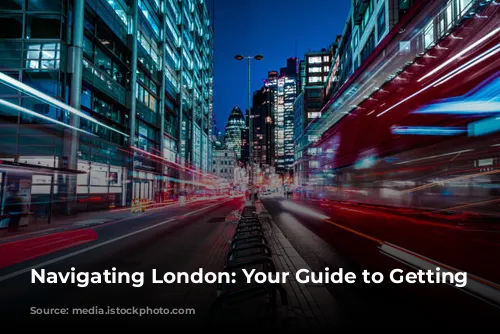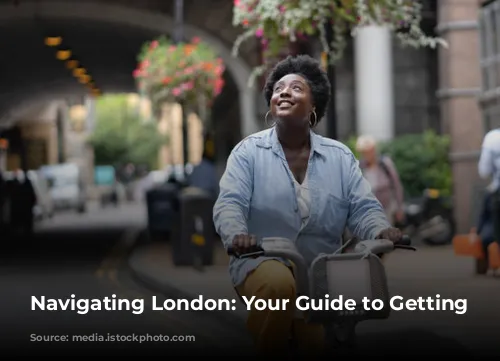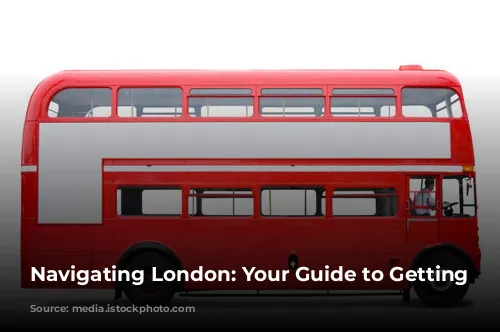London, a city teeming with life and history, offers diverse ways to explore its captivating corners. From iconic landmarks to hidden gems, getting around can be a delightful adventure. Whether you’re a seasoned traveler or a first-time visitor, this guide will equip you with the best tips and tricks for seamless travel.

Embarking on Your Journey
Planning your route is the first step to a smooth and enjoyable journey. The National Rail Enquiries and TfL (Transport for London) websites are your go-to resources. TfL’s comprehensive journey planner lets you compare various transportation options, including fares for each mode, helping you make informed choices.
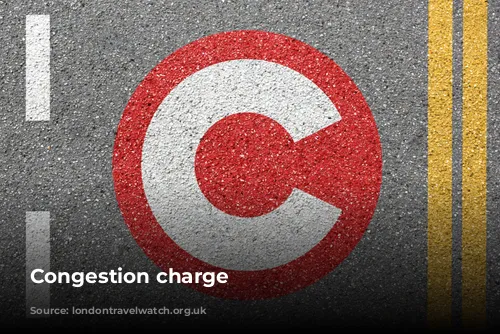
Oystering Your Way Around
For most Londoners, an Oyster card or contactless payment card is the most cost-effective way to explore the city. The Oyster card is a convenient smart card, replacing paper tickets for seamless travel on buses, Tube (subway), trams, rail, DLR (Docklands Light Railway), and some river services. These options are also accepted on the IFS Cloud Cable Car in East London, but fares are higher than other transport methods like the Tube or buses.
If you’re visiting London from other parts of the UK or abroad and don’t have a contactless payment card, using an Oyster card will likely be cheaper.
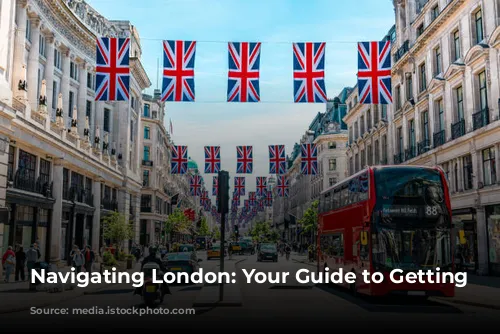
Saving Money with Capping
Using an Oyster card or contactless bank card has an added benefit: capping. Capping is a daily or weekly limit on your travel expenses. Once you reach the limit, any additional journeys you make within that period are free! This can save you money on longer days or multiple trips. You can find more information on capping on our dedicated page.
Here are some examples of how much you can save with an Oyster card or contactless payment card compared to paper tickets:
- Hopper Fare: This option allows unlimited travel on buses and trams within one hour for just £1.75.
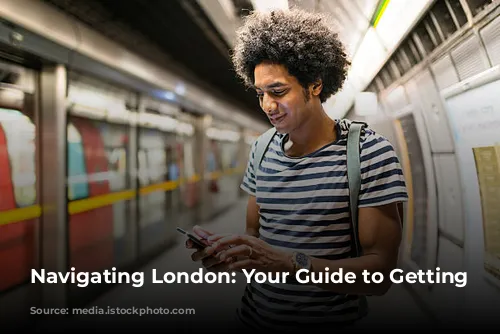
Contactless Convenience
Contactless payment cards have become increasingly popular for travel in London. These cards work seamlessly on buses, Tube, trams, DLR, London Overground, and most National Rail services.
Contactless payment offers the same benefits as Oyster Pay As You Go, including daily, weekly, and monthly capping, but you can’t add railcard discounts to a contactless card. It’s a fantastic alternative if you’ve run out of credit on your Oyster card or misplaced it. This option is particularly helpful for tourists and visitors from other parts of the UK, giving them the same benefits as locals.
For more details on contactless payments, visit the TfL website.

Walking Your Way Around London
Walking is a delightful way to experience London’s vibrant streets and hidden gems. TfL and Walk London offer free guided walks led by experienced guides. You can book these walks on the Walk London website.
The TfL website also provides information on walking in London, including their helpful “Walking Tube” maps, making navigating the Underground a breeze.
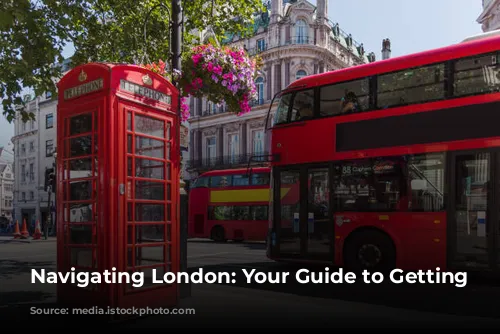
Cycling Through London
Discover London on two wheels with Santander Cycles, a popular bike-sharing program. Hiring a Santander Cycle starts from just £1.65. Simply go to any docking station, use your bank card, and touch the screen to start your journey.
For frequent cyclists, consider registering for Santander Cycle membership to save money.
The TfL website also has resources for cyclists, including free route maps and cycle guides.
For further safety tips on locking your bike, check out the Best Bike Lock blog by cycling enthusiast Henry Clark.

Travelcards: Your All-Access Pass
If you plan to travel extensively within specific zones in London, Travelcards offer unlimited journeys. Prices vary according to zone, with the cheapest option being the day off-peak (after 9:30 am, Monday to Friday, and all weekend), costing £15.20 for zones 1-6 and £21.50 peak.
Oyster Pay As You Go capping often results in lower fares than Travelcards, ensuring you never pay more than the Travelcard price.
Note that Travelcards are not available for all combinations of zones. You can compare Travelcard prices and caps on the TfL website.
For peak journeys outside your Travelcard zone, consider breaking your journey at a Zone 1 station to avoid the maximum peak Oyster fare for the extended portion of your journey.
For example, travelling from Harrow on the Hill (Zone 5) to Farringdon between 4-7 pm would incur the off-peak Oyster fare. But if you travel from Harrow on the Hill to Herne Hill via Farringdon, the peak Oyster fare would apply for the second leg of your journey.
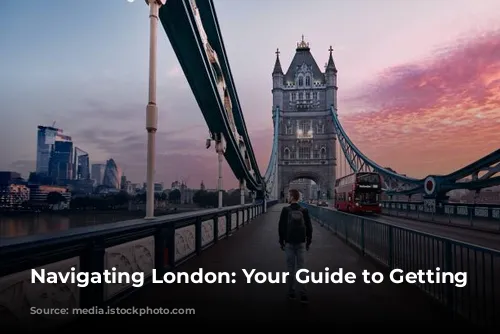
Navigating Beyond Your Travelcard Zone
When travelling outside your Travelcard zone, purchase an extension ticket from the ticket office or ticket machine if a ticket office is unavailable. This option is cheaper than buying a single ticket between the last station covered by your Travelcard and your destination.
If your destination is within the Oyster area, ensure your Oyster card has enough Pay As You Go credit before your journey.
Always touch in at the beginning of your journey and touch out at the end, even for parts covered by your Travelcard, to avoid a maximum fare, penalty fare, or legal consequences.
When adding credit to your Oyster card, remember to touch it twice: once to show the card type and again after payment to ensure the credit is successfully added.
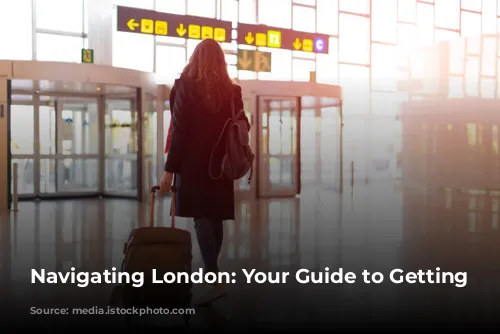
Pink Readers for Cheaper Fares
When changing trains outside Zone 1, touch your card on the pink card reader (if present) to pay the correct fare. Pink readers are found at some Tube and London Overground stations. Using a pink reader instead of the standard yellow Oyster/Contactless reader ensures you pay a cheaper fare as the system recognizes you didn’t travel through Zone 1.
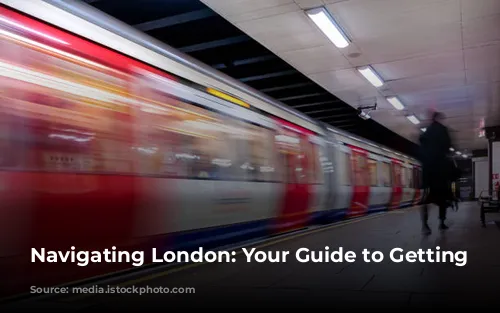
Navigating London’s Roads
London has two key charges for vehicles:
- Congestion Charge: This £15.00 daily charge applies to vehicles driving within the charging zone. It’s in effect between 7:00 am and 6:00 pm, Monday to Friday, and between 12:00 pm and 6:00 pm on Saturdays, Sundays, and Bank Holiday Mondays. The easiest way to pay is through Auto Pay, and exemptions and discounts are available.
Remember, the Congestion Charge and the ULEZ charge are not the same.
- Ultra Low Emission Zone (ULEZ): This 24/7 zone covers all areas within the North and South Circular Roads (excluding the roads themselves). Most vehicles, including cars and vans, must meet ULEZ emissions standards or pay a daily charge.
ULEZ charges are:
- £12.50 for most vehicles, including cars, motorcycles, and vans up to 3.5 tonnes.
- £100 for heavier vehicles, including lorries (over 3.5 tonnes) and buses/coaches (over 5 tonnes).
Check your vehicle’s emissions standards and associated charges to avoid unexpected fees.
Armed with these tips and resources, you’re ready to explore the diverse and exciting city of London. Enjoy your journey!
